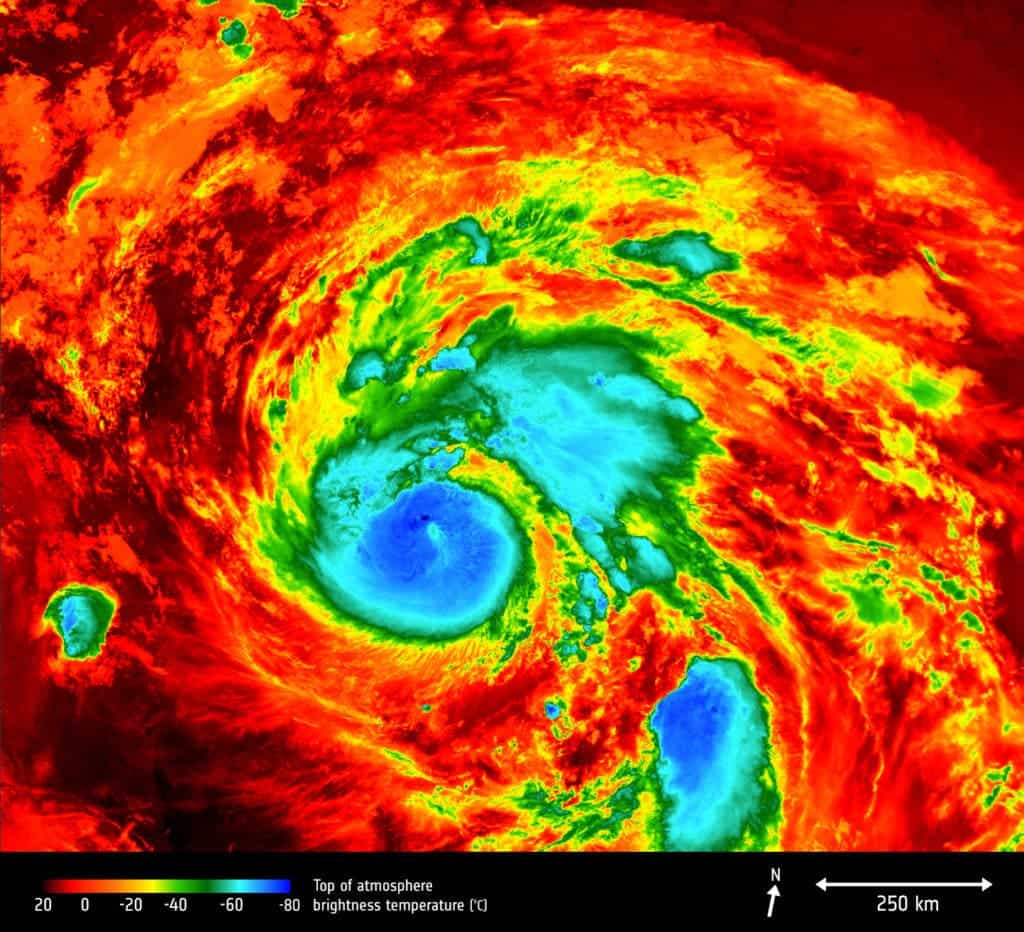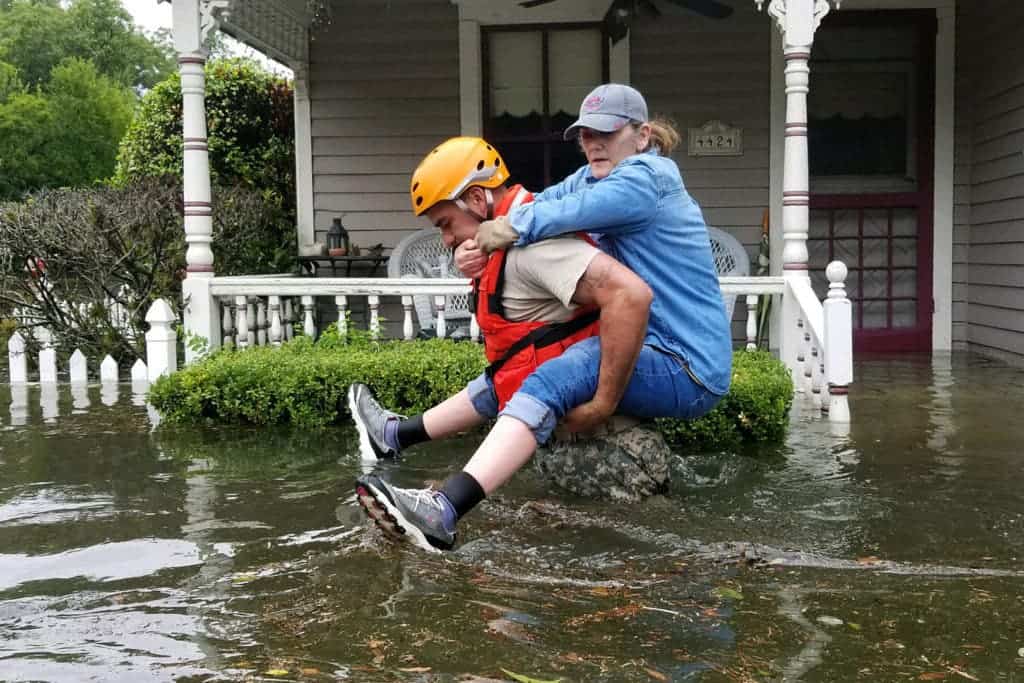The impact Hurricane Harvey had on Texas took the world by surprise. No one expected this little wisp of a storm to collect so much power so quickly or to dump so much rain on the unsuspecting state. Why was the Lone Star State so susceptible to the fury of Hurricane Harvey, and how did climate change contribute to the storm’s wrath?

Urbanization and Flooding
The most damaging part of Harvey wasn’t the Category 4 winds — it was the rain that dropped as it stalled out and moved slowly over Houston, Beaumont and other heavily impacted cities before moving into Louisiana. Parks like Buffalo Bayou Park became lakes in a matter of hours, while terrifying traffic cam pictures emerged of highways under so much water it was reaching the street signs.
Why was this bustling metropolis so quickly submerged? The urbanization of Houston and surrounding areas contributed heavily to this.
First, the city simply isn’t designed to handle that kind of rainfall. Even a small tropical storm, like Allison in 2001, caused more than $5 billion in damages by flooding roughly 1,000 homes.
The city is also largely made up of impervious surfaces — substances that don’t allow water to flow through them. Undeveloped land recovers better from heavy rainfall because the water can soak into the soil. In cities, where upwards of 40 percent of the landscape is impervious to water, flooding is more damaging. The water accumulates and has nowhere to go.
Other countries have started to take steps to mitigate this enormous flood risk created by the concrete and asphalt of city streets. China, for example, has started building sponge cities that rely on more permeable materials that allow water to flow through them rather than flood them out. Many cities in China are already prone to flooding, so this is a step in the right direction.
Floodwater can carry diseases, which can cause diarrhea or stomach bugs. Floodwater can also increase the risk for skin rashes and ear, nose and throat problems.
What, if anything, does all this have to do with climate change?

Climate Change and Extreme Weather
Climate change, for many people, is a vague concept. The planet is getting warmer, but most people don’t see the impact this has on their daily lives. Harvey is just the latest example of a trend of extreme weather that has been impacting most of the country. California, for example, was flooding earlier this year to the point that officials were worried about the integrity of dams that hadn’t held back that kind of water in years. Also, much of the Pacific Northwest and California are dealing with severe wildfires, the exact opposite of the earlier weather patterns, but no less severe.
It’s not just here in the United States either. While Harvey dropped more than 50 inches of rain on Houston, a massively powerful monsoon struck Bangladesh and India, claiming more than 1,000 lives.
On the heels of Harvey came another strong storm — Irma, which is currently moving toward Florida and at the time of this writing is a strong category 5 storm with sustained winds of more than 185 mph.
While we may not be able to attribute these strong storms directly to climate change, these are the kind of intense weather systems that have been predicted as a side effect of global warming. These storms may have formed anyway, but it’s the warm ocean waters that make it easier for them to turn into the monsters we’re looking at in Harvey, Irma and the monsoon that just decimated India and Bangladesh.
The damage done to the southeastern portion of Texas is catastrophic, to say the least — and if climate change continues, it may not be the last storm that makes landfall on the Gulf Coast. While reducing our environmental impact would be ideal, the best way to prevent this massive flooding is to turn Houston into something more permeable and less concrete.


